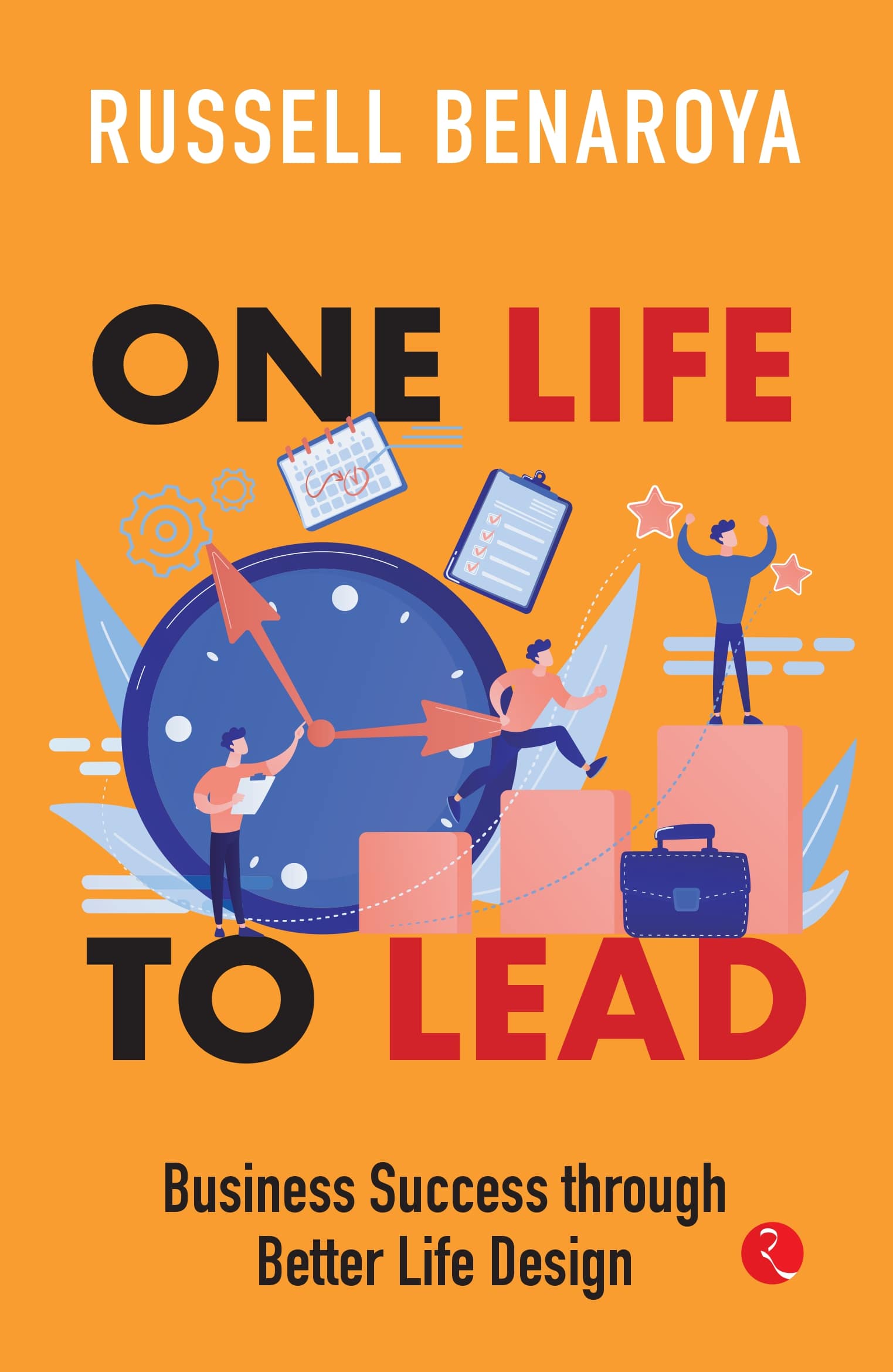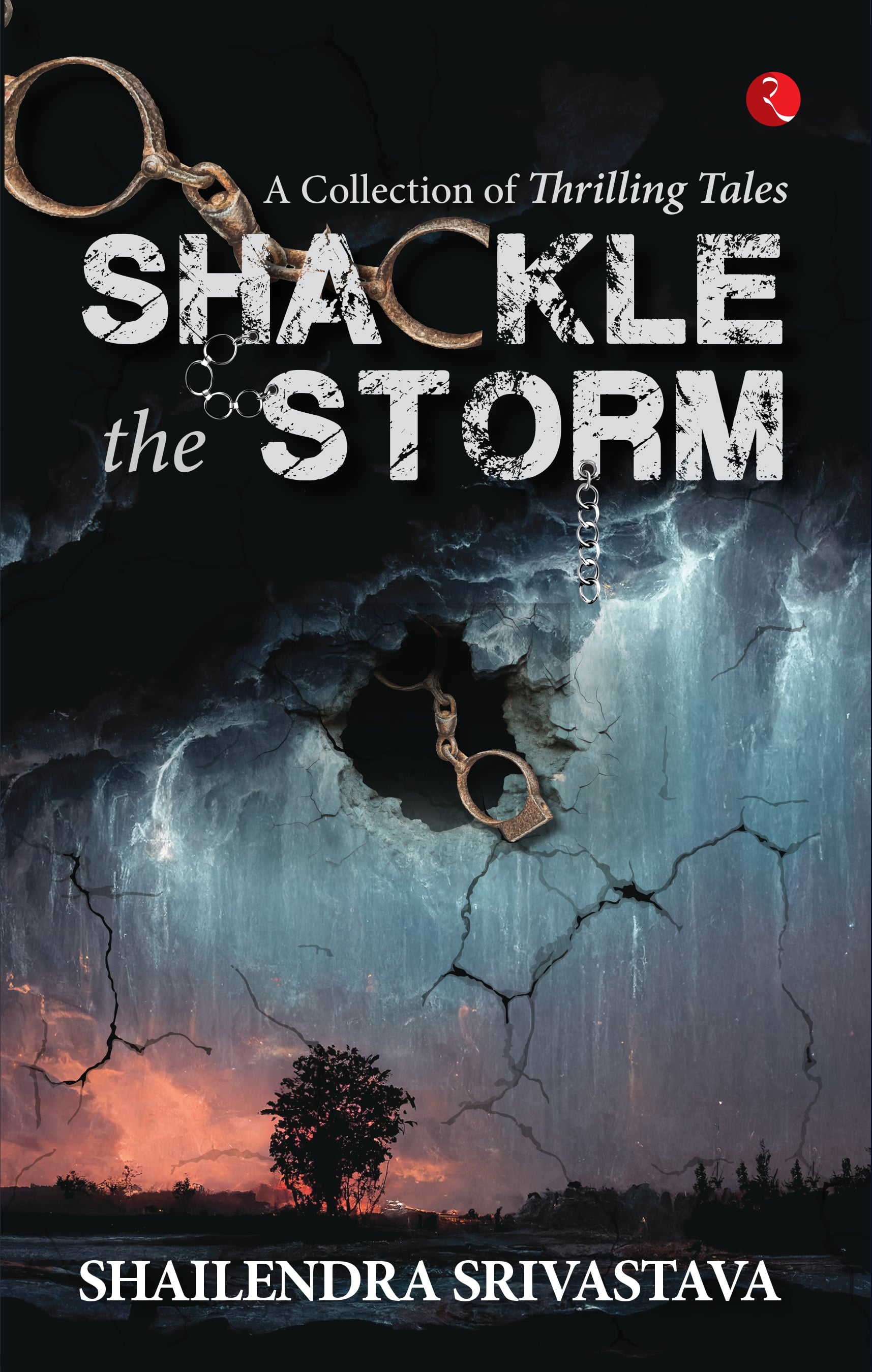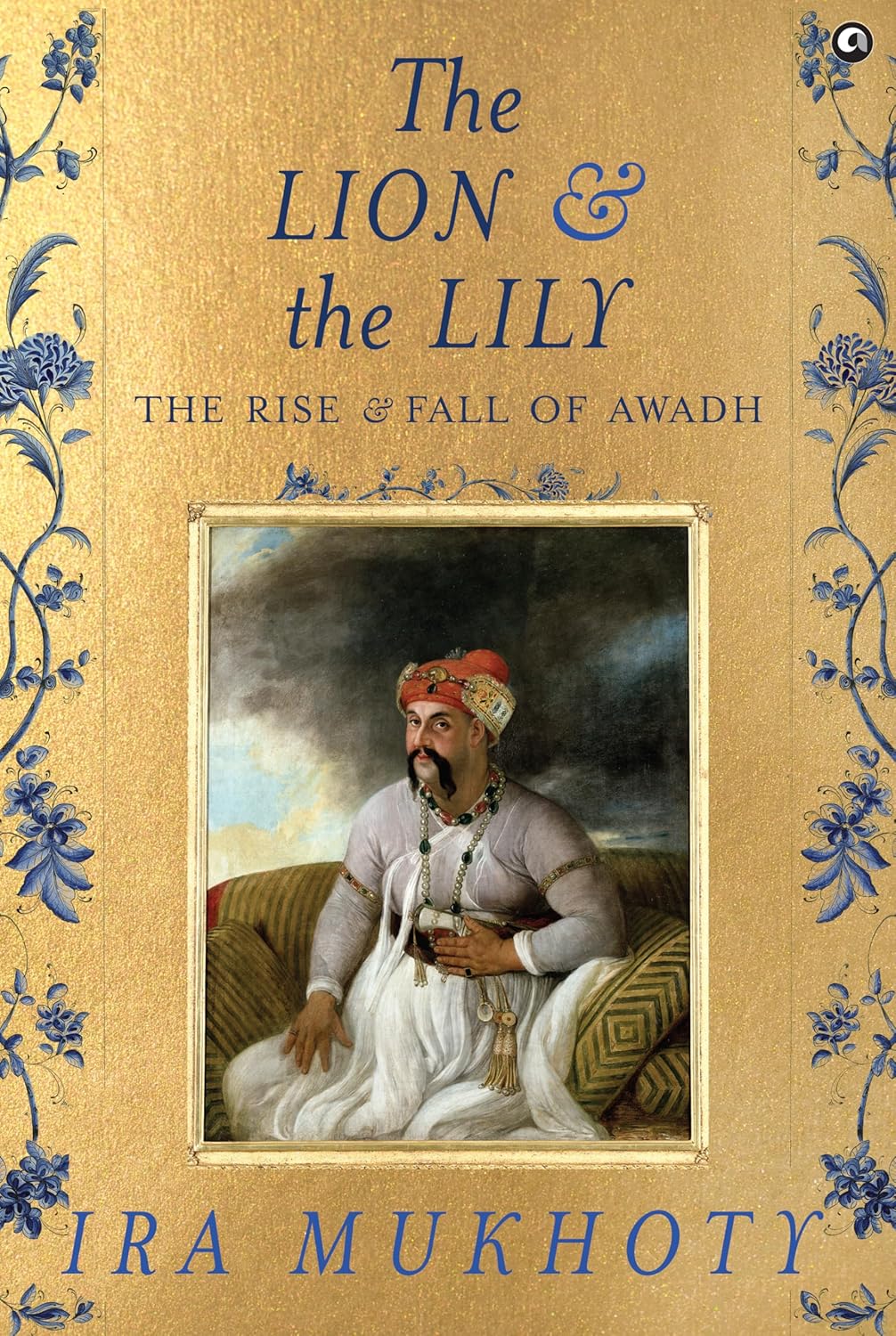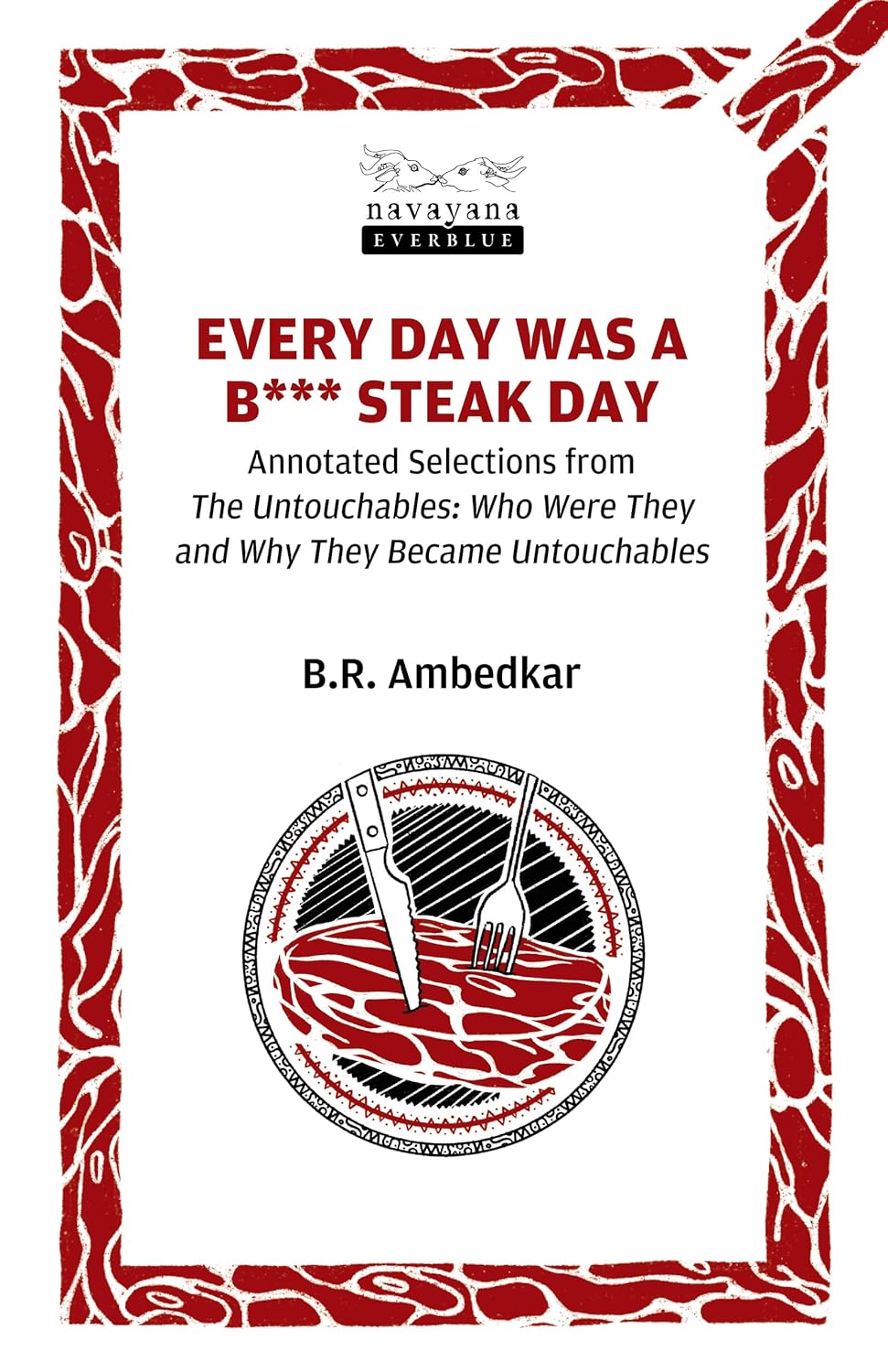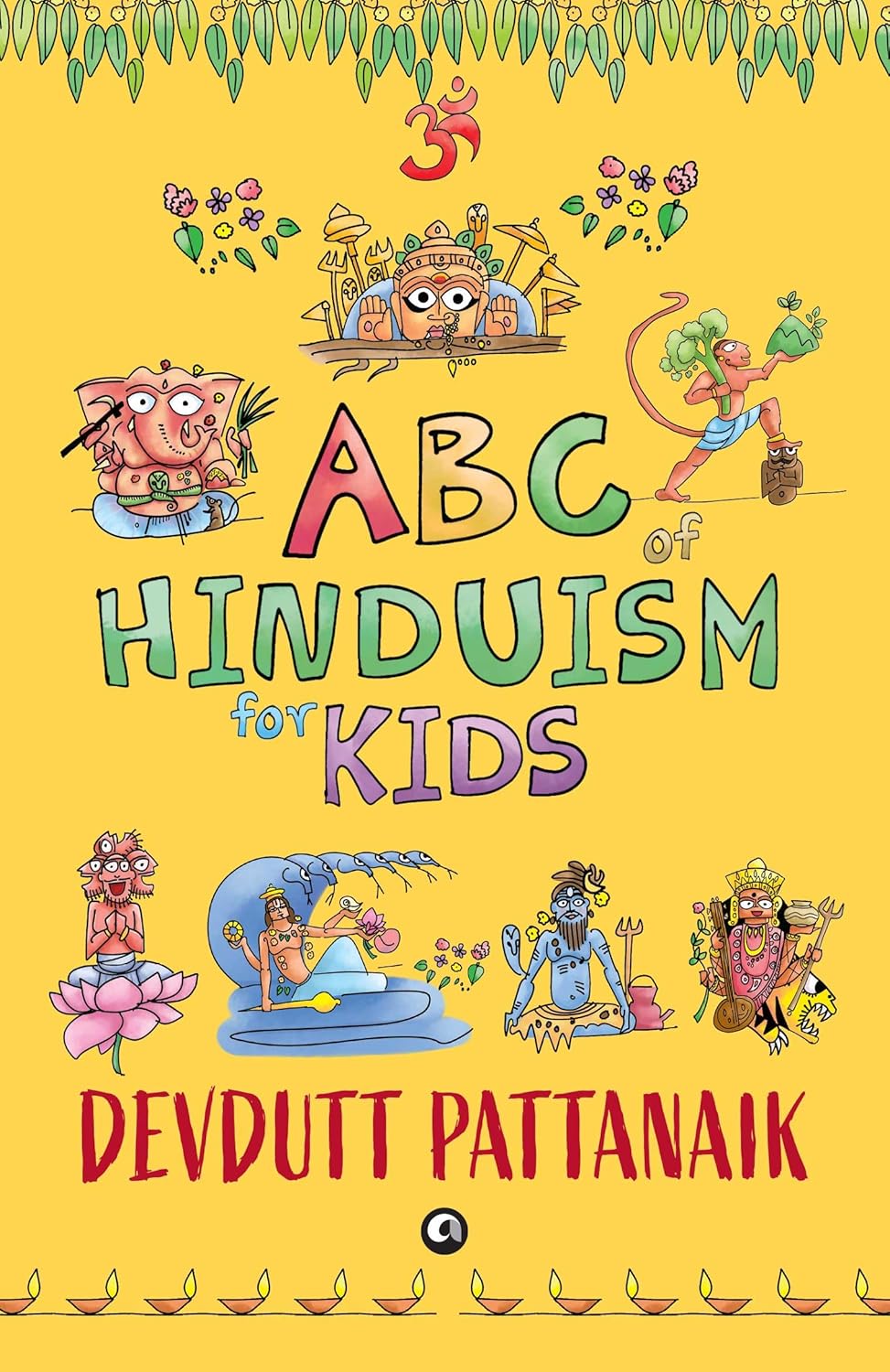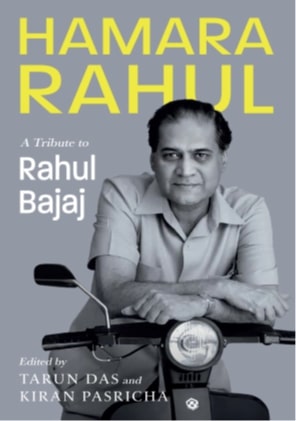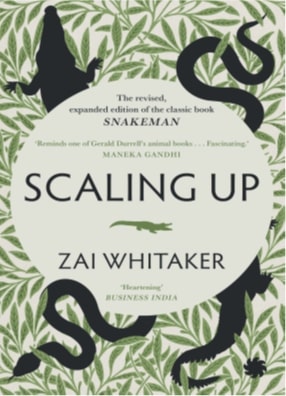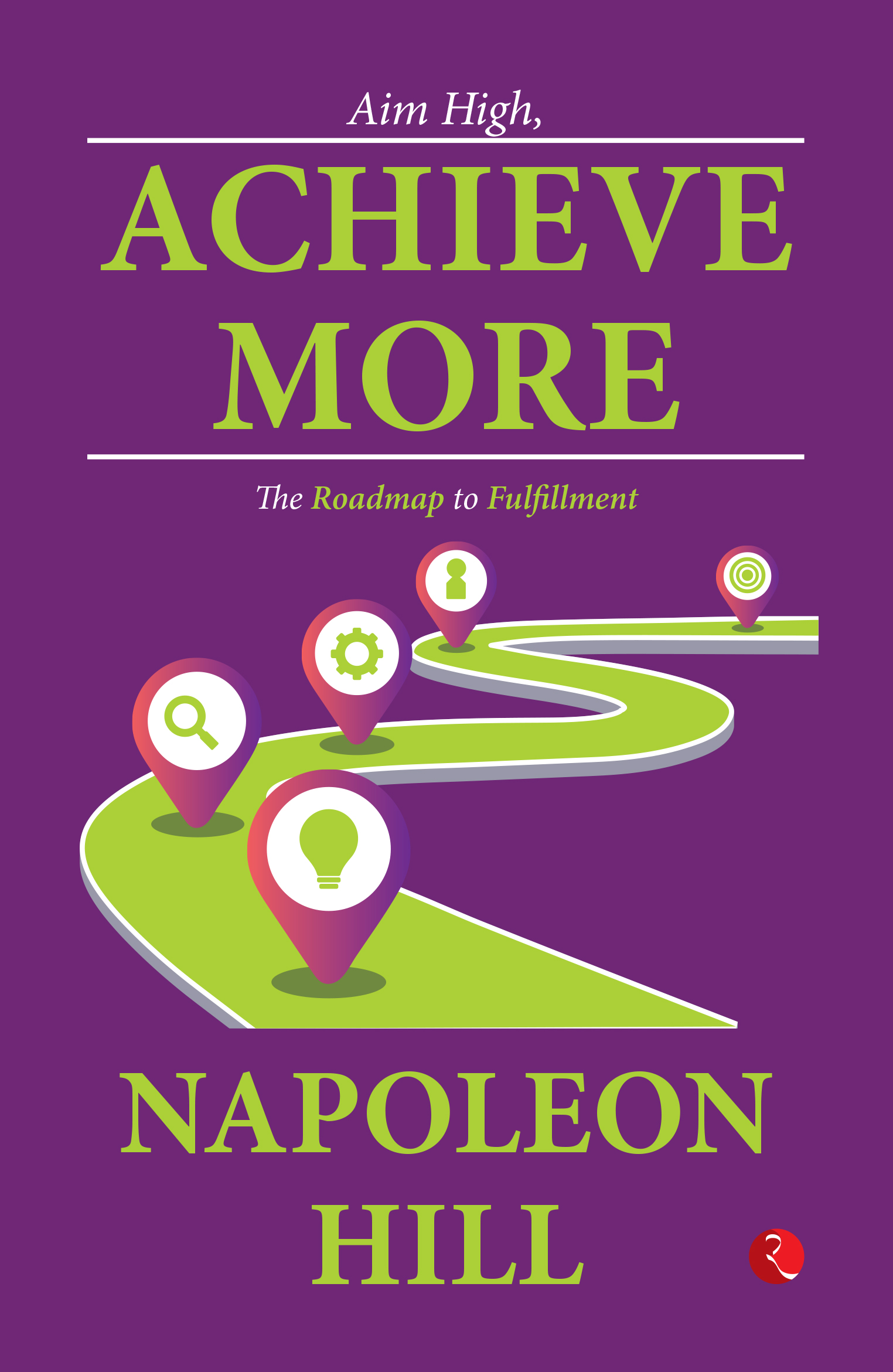political science
Entrances
Academic Books
Account Books
Administrative
Adventure
Advocacy and Adjudication
Aging
Agriculture
Agriculture
Agriculutre
Allied Health
Analysis
Animals
Animals and Birds
Anthology
Anthology
Aptitude Test
Arbitration and Conciliation and Mediation
Architecture
Architecture
Architecture
Art and Humaneties
asd
Astroloojy
Astronomy
Autobiography
Ayurveda
Banking
Banking and Insurance
Biography
BIOLOGY LIFE SCIENCE
Body & Spirit
Border Roads Organisation
BPSC
Business
Business Law
CA
Chemistry
Child, Young and Adult
Children dictionaries
Childrens Books
Civil Procedure and Practice
CLASSIC FIC(PRE 1945)
Climbing or mountaineering
Comics
Comics & Graphic
Commerce
Communication & Media Studies
Competition Law and MRTP
Competitive Exams
Computer
Computer
Constitutional Law
Consumer Protection Law
Contempt of Court and Legislatures
Contract Law and Specific Relief
Cook Books
Cook books
cookery
Corporate Law
Corporate Laws
Counseling
Court Fees
Crafts & Hobbies
Crafts and Home
Crime Books
Criminal Law
Criminology
CTET
Defence
Dental Science
Dentistry
Dictionary
Direct Tax Laws
Direct Taxes
Drafting and Pleading and Conveyancing
Drama
E-Commerce
Earth science
ECO FIN BUSS & MGMNT
Economics
Economics & Development Studies
Education
Election Laws
Electricity Law
Electronics and Engineering
ENCYCLOPAEDIA
Engineering
Engineering & Computer
English Language Teach
ENGLISH LANGUAGE TEACHING
Entertainment
Environmental Law
Environmental Science
Evidence
Fairy Stories
Family and Personal Laws
Family Studies
Family/Personal Laws
Fashion and Design
Fiction
Film and Cinema
Finance
Food & Cook
Food and Drink
Games & Activities
Gender Studies
General knowledge
Geography
God and Godess
Graphic Novels
GST
Gujrati
HCUS - IMPORTS
Health & Fitness
Health & Fitness
Health & Nursing
Health, Personal, development
Hinduism
History
Horror
Human Rights
Humanities
HUMOUR
Income Tax
India Major Works
Indirect Tax Laws
Indirect Taxes
Industries
Information Technology Law
Insolvency
Insolvency and Bankruptcy Code
Insurance Law
Intellectual Property Law
International Law
International Taxation
Interpretation of Statutes
Islam
Judicial System
Jurisprudence
Labour and Industrial Laws
Labour and Service Law
Labour and Service Laws
Language
Law
Law Manuals
Legal Biography
Legal Education and Entrance Examinations
LIFESTYLE,SPORT,LEIS
LIT:HISTORY,CRITICSM
Literature
LITERATURE STUDIES
Management
Management & Organization Studies
Marketing
Marriage and Relationships
Mass Communication
Mathematics
MATHEMATICS & SCIENC
Mechanical Engineering
Medical
Medical
Medico Legal
MIDDLE GRADE READERS
MODERN FIC(POST 1945)
Motor Vehicles Law
Music
Mythology
Nature
Nature
No Food Science
Non-fiction
Nonfiction
NTA UGC
Nursing
Nursing
Operations and Decision Sciences
Organisational Behaviour
Ornithology
Other
Other Laws
Other Titles
Paramedical
Paramedical
Partnership Law
Pharmacy
Philosophy
Photography
Photography
Physics
PICT ACTIVITY BOOKS
Poetry
Politics
Press, Media & Telecommunication Laws
Property Law
Psychology
Punjabi
Raamaayana
Railway
REF,INFO,INTERDISCIP
Religion
Research and Reference and Lexicons and Dictionaries
Research Methods
Right to Information
Romance
Sale of Goods Act
Sanskrut
Scholarship
Science Fiction
Self Help
Share market Trading
Short Stories
Social Behaviour
social science
Social Work
SOCIETY & CULTRE
Sociolinguistics
Sociology
Spiritual
Spirituality
Sports
Sports Law
Statistics
Story Book
Study material
Tax and Accounting
Textbooks
Textile
THE ARTS
Torts and Consumer Protection
Transfer Pricing
Travel
Travel
UPSC
Urban Studies
Wild Life
Wildlife
Workbook
Yoga

Nonfiction
ONE LIFE TO LEAD
This is a business leadership book, but it’s not about how to lead others. It’s about how to lead yourself.
Behind every business, there are leaders doing their best to navigate work alongside the universal challenges we all share—health, relationships, finances, and self-doubt. Facing these daily challenges, all the while trying to manage the uncertainties of building a business, can get exhausting. How do we take control of our lives to better lead ourselves in order to more effectively lead others?
Author, entrepreneur, and speaker Russell Benaroya reveals a formula for business success that begins with an intentional approach to design your life. In One Life to Lead, Benaroya imparts his five basic design steps to help you, and those you lead, create a foundation for sustainable life and business success. Within each design step, Benaroya shares the honest stories of notable business leaders who faced difficult decisions in the face of uncertainty, so that we may learn from their experiences. Complete with exercises, strategies, and first-hand experiences, One Life to Lead will give you the tools you need to clearly and confidently design your life.
... Read more Read lessRevolutionaries On Trial Sedition, Betrayal, And Martyrdom
Revolutionaries on Trial is a groundbreaking new study of the infamous Lahore Conspiracy Case and its principal martyrs—Bhagat Singh, Sukhdev, and Rajguru—who belonged to the Hindustan Socialist Republican Army (HSRA). The trial was named after the city of Lahore where it was booked and held from 23 July 1929 onwards in Lahore Central Jail. On 7 October 1930, the judge pronounced the young men guilty of conspiring and waging a war against the British crown. Bhagat Singh, Sukhdev, and Rajguru, whom the Indian public believed to be innocent at the time, were sentenced to be hanged and others received varying sentences.
The history of the Lahore Trial has so far been told as one of miscarriage of justice and the colonial state’s lack of commitment or failure to uphold the ideology of rule of law. However, Revolutionaries on Trial shows that this is, at best, just part of the story of one of the most important events of the struggle for Independence. To set the record straight, the book widens the scope of historical enquiry by examining the elaborate performances of four sets of actors—the colonial state as the plaintiff, the revolutionaries as the defendants, witnesses for the prosecution, and the Indian press and public as spectators—each with their own motivations, aspirations, and a view of the desired outcome of the trial. It further captures the extraordinary canvas of the trial which was staged not just in a courtroom but across multiple sites—offices of the investigation officers, legislative assembly, government offices, jails, courtroom, streets, printing presses, newspaper establishments, coffee houses, meeting rooms, and universities across North India. as the book examines the history of the dramatic trial, it asks new questions: why did the colonial state bother to put the revolutionaries on trial despite the vast repertoire of violence at its disposal? What more was there to the revolutionaries’ trial strategy other than using the process for propaganda? Is it possible to write a history of nationalism that incorporates acts of collaboration (e.g., spying, informing, perfidy, and denunciation) without the implicit moral judgment and destructive potentialin such acts? In what way did the trial shift the public perception about the revolutionaries, if at all?
Lucidly written and grounded in impeccable scholarship, historian Aparna Vaidik brings to vivid life the people and events of a trial that left an indelible imprint on the history of nationalism and revolution in India.
SHACKLE THE STORM: A COLLECTION OF THRILLING TALES
Embark on a thrilling journey through the shadows of crime and the pursuit of justice with Shackle the Storm, a collection of 14 short stories inspired by real-life events.
From bustling cities to the heart of Maoist territory, IPS officer Shailendra Srivastava unravels crimes that defy imagination. Homicides, kidnappings, scams, encounters with notorious underworld dons and even sacrificial murders—each story is a testament to the darkest aspects of human nature and the efforts of dedicated officers who stand as beacons of hope, tirelessly working to restore peace to our communities.
Drawing from his extensive first-hand encounters, the author crafts tales deeply rooted in reality, bringing to life the interplay between law enforcement and those who seek to evade it.
Shackle the Storm offers a rare glimpse into the world of crime and investigation. These narratives are not just accounts of crime and punishment; they are a celebration of the human spirit and the triumph of good over evil.
... Read more Read lessThe Lion And The Lily: The Rise And Fall Of Awadh
Through the turbulent eighteenth century, Awadh grew to become one of the richest and most coveted regions in all of Hindustan. Although it was nominally ruled by the Mughal emperor in Delhi, the Mughal empire itself under Muhammad Shah ‘Rangeeley’, and later under Shah Alam II, was in terminal decline. The British and French East India Companies were vying for control of the subcontinent. As the Seven Years’ War between these European powers came to an end, and the British lost territory in other parts of the world, they became more determined to seize power in India. Meanwhile, France began a ‘war of revenge’ against its old enemy to restore its prestige. The French Revolutionary wars (1792–99) and the Napoleonic wars (1803–1815) would lead to greater volatility in India. French players continued to intrigue till the last quarter of the eighteenth century in various Indian courts. Awadh’s rise to prominence began when Saadat Khan Burhan-ul-Mulk (r.1722–1739) was posted there by the Mughal emperor as a demotion for failing to quell a Jat rebellion. Undeterred, Saadat Khan and his successors worked relentlessly to bring stability and glory to the province. Shuja-ud-Daula (r.1754–1775), the third nawab, was widely considered the most powerful and courageous ruler of the time. But after the disastrous loss of the Mughal army at the Battle of Buxar (1764) Shuja was forced into an unsavoury alliance with the British. Despite this unfortunate development, Shuja worked hard to develop Awadh, and Faizabad in particular. Shuja’s son, Asaf-ud-Daula (r.1775–1797), was a visionary and an exemplary diplomat, and his mother, Bahu Begum, a formidable force of nature. Asaf created a Shia renaissance that was a challenge to both Mughal Sunni power and the increasing parochialism of the EIC. His adopted son, Wazir Ali (r.1797–1798), was deposed by the British who then crowned his uncle Saadat Ali Khan (r.1798–1814) as a puppet ruler. In the treaty of 1801, Saadat Ali Khan ceded half of Awadh to the British East India Company and agreed to disband his troops in favour of an expensive British-run army. These and other developments would reduce Awadh to a shadow of its former glory within a couple of decades.
Using Persian, English, and hitherto untranslated French sources as well as recent work by art historians, bestselling author Ira Mukhoty brings to focus the life and times of Awadh in the eighteenth century as well as some of the most important figures of the period—the nawabs, EIC officials such as Robert Clive, Warren Hastings, Richard Wellesley, as also the powerful begums, elite eunuchs, soldiers and adventurers, such as René Madec, Jean Baptiste Gentil, Claude Martin, Antoine Polier, artists both Indian and European, and others. The Lion and the Lily is a nuanced, detailed, and richly told account of the rise and fall of Awadh in the eighteenth century against the background of the international struggle between Britain and France.
... Read more Read lessEvery Day was a B*** Steak Day: Annotated Selections from The Untouchables
EATING BEEF has become anathema. We saw a spate of meat-related lynchings in the last decade. India is the second largest exporter of beef in the world. In 1948, B.R. Ambedkar undertook a study to unearth the history of untouchability. Beef was at the centre of this conspiracy. Brahmanism turned vegetarian only after the sixth century CE. The Vedic religion sanctioned excessive animal sacrifice, and ‘for the Brahmin every day was beef-steak day’. The latter-day love for the cow is a symptom of disdain for Untouchables and a counter to the anti-caste impulses of the Buddhist revolution. Ambedkar exposes the contradictions and hypocrisies internal to its ideology.
A B C Of Hinduism For Kids
A for…atma!
B for…Brahma!
C for…caste!
Renowned mythologist Devdutt Pattanaik reimagines a Hindu way for young readers. Covering everything from major Hindu deities such as Brahma, the creator of the universe, and Devi, the powerful goddess who takes many forms, to complicated ideas of atma and the caste system, this book explores twenty-six ideas and figures from Hindu myth, each corresponding to a letter of the alphabet. With its simple writing style and fun, colourful illustrations, ABC of Hinduism for Kids is the perfect introduction to a Hindu way of life for your little ones.
... Read more Read lessHAMARA RAHUL A Tribute to Rahul Bajaj
Rahul Bajaj was an entrepreneur, a patriot and a visionary, as well as a straight talker who influenced policy discourse for decades. ‘Bajaj’ is a synonym for three-wheelers across the Third World, and the Bajaj scooter was, for many years, the most affordable transport option for India’s middle class. Rahul Bajaj was also among the first entrepreneurs to offer financial services to that income segment starting with auto loans and then expanding the portfolio to offer other consumer-facing financial services. As a result, he was always in touch with the thoughts and aspirations of India’s middle-income- and lower-middle-income groups.
He had a clear vision of India’s ideal social and economic trajectory, and as an influential member of the ‘Bombay Club’ and later as a Rajya Sabha member, he was always upfront with his trenchant views. He articulated practical, achievable goals that would help take India closer to Great Power status.
This book compiles tributes to an extraordinary individual from a list of luminaries.
SCALING UP
Originally published as Snakeman over thirty years ago to great acclaim, this is a new, expanded edition.
From cobras in her kitchen to crocodiles in her backyard, Zai Whitaker has seen it all. For years, she and her ex-husband Rom Whitaker worked together for the conservation of reptiles and their habitat, and continue to do so as friends. Scaling Up is their story – funny, observant and a truly ‘wild ride’.
... Read more Read lessAim High Achieve More The Roadmap To Fulfillment
Somewhere along the path of life, every successful person finds out how to live his own life as he wishes to live it! Delve into Napoleon Hill’s illuminating guide, Aim High, Achieve More: The Roadmap to Fulfillment. Uncover the pivotal strategies behind a definite chief aim, harnessing the potency of concentration and the boundless creativity of imagination. The book will teach you how to embrace failure as a stepping stone to success and how to turn problems into opportunities. From the high priest of self-help comes a book that teaches you how to outmanoeuvre the ghosts of one’s fear and how to attain mastery over poverty while cultivating the transformative habit of saving. Navigate this roadmap to transcend limitations, achieving unparalleled fulfillment and unlocking your true potential.
Curated and compiled from the works of the author.
CONNECT TO WIN: DALE CARNEGIE’S GUIDE TO BUILDING LASTING RELATIONSHIPS
A better listener makes a better person. Connect to Win is a compelling guide illuminating the path to cultivating enduring relationships. With insights like ‘Do This and You’ll Be Welcome Anywhere,’ strategies to communicate effectively, and the truth about gestures, this book is a treasure trove of wisdom. It navigates the delicate art of criticism, emphasizing clarity in communication, and the power of vulnerability through sharing personal mistakes. Carnegie’s invaluable advice, including ‘If You Want to Gather Honey, Don’t Kick Over the Beehive,’ offers a roadmap to fostering meaningful connections that stand the test of time.
Curated and compiled from the works of the author.

